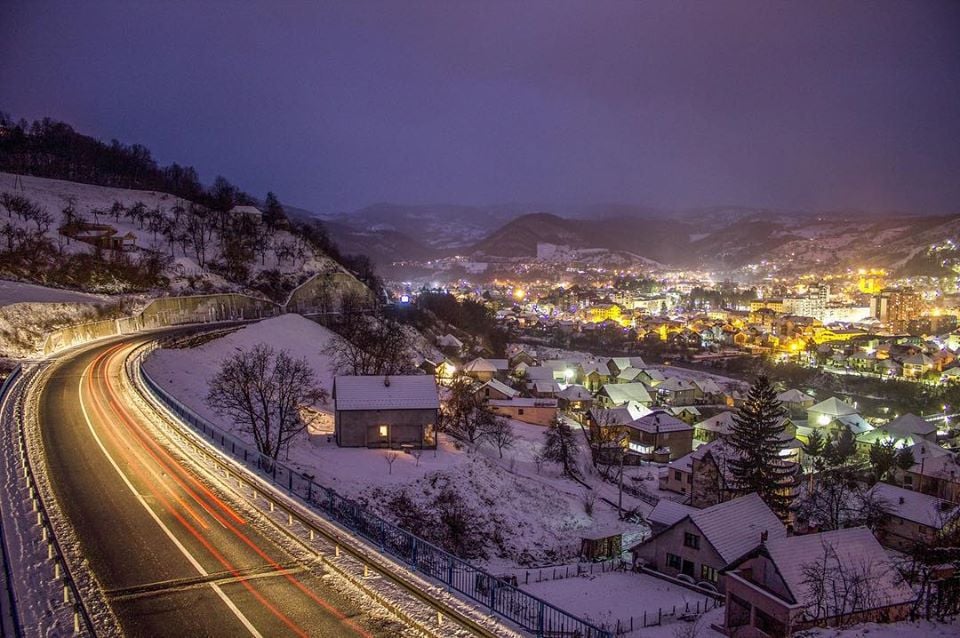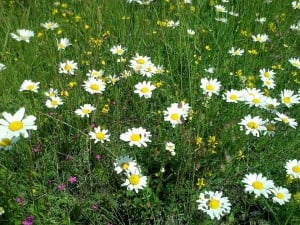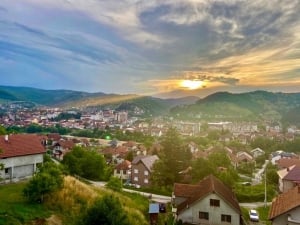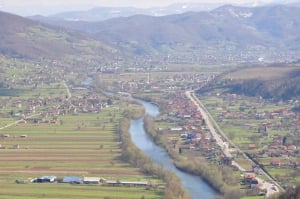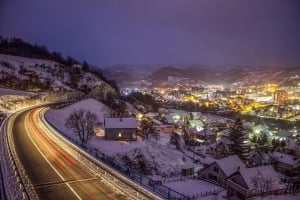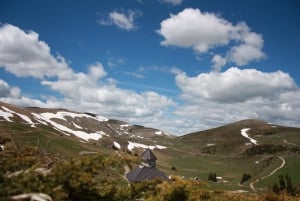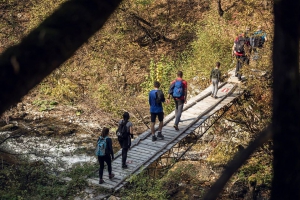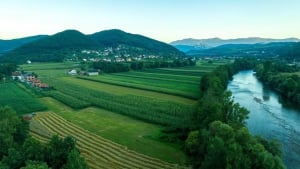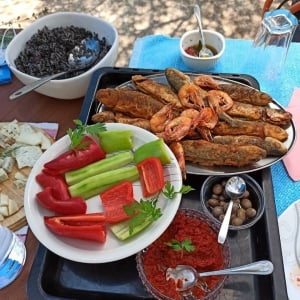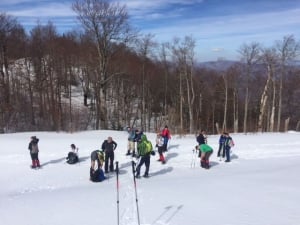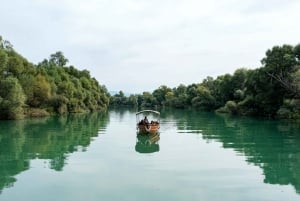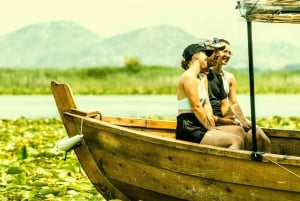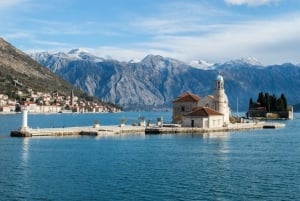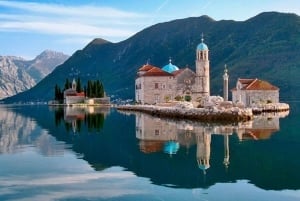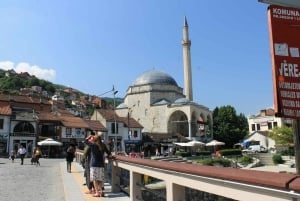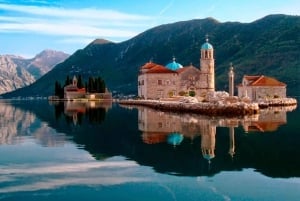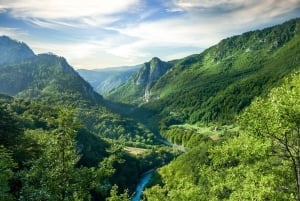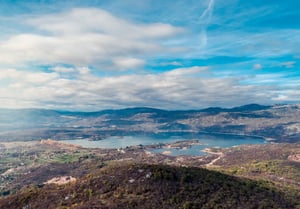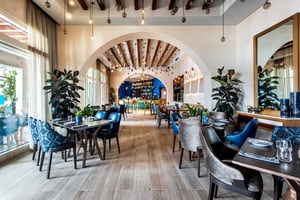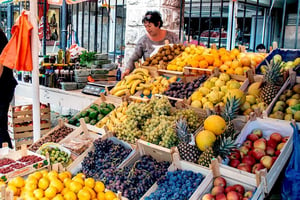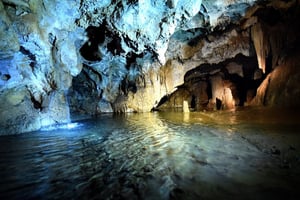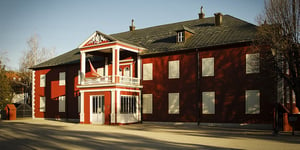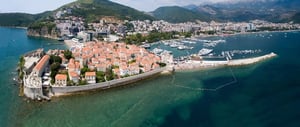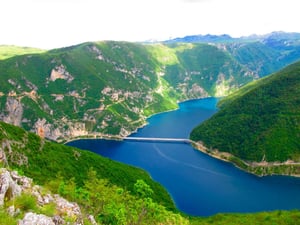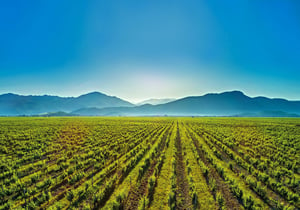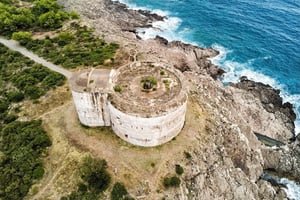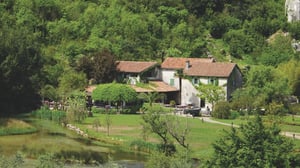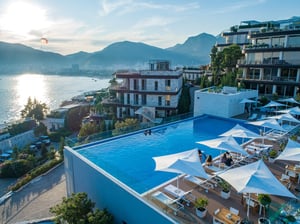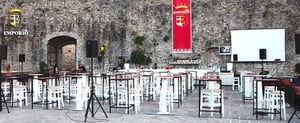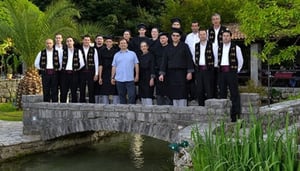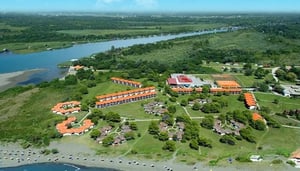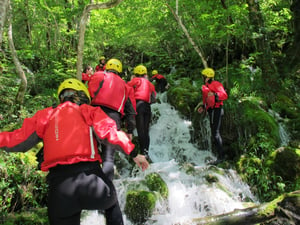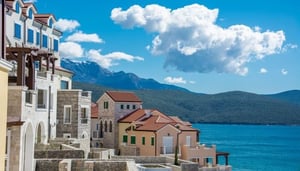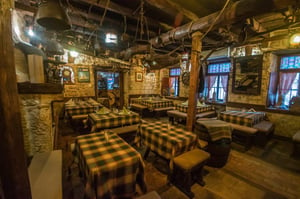Bijelo Polje
A City of White Flowers
According to the most common interpretations, today's name Bijelo Polje was mentioned for the first time in 1589, in a document from the Kotor court-notary books. The name was given after the field covered with the daisy flowers in the spring; the name Bijelo Polje is the literal translation for a white field. The Ottoman name Akovo, which also means white field, appeared later in the 17th century.
During the Turkish Reign over these territories, due to poor economic relations, this settlement almost lost its former transit function as the station of Dubrovnik caravans. In the 18th century, it started taking on its former role, and after the end of the Turkish rule in the 19th century, Bijelo Polje fell under the Austro-Hungarian rule for a short time. In 1912, like most of the other cities in the northern part of Montenegro, Bijelo Polje was liberated from the foreign rule and under its current name, it became the constituent of Montenegro. At all times, the city was a major economic and trade centre of Montenegro.
Nowadays, Bijelo Polje is known for its recreational tourism. As the most famous destination preferred by tourists, the Bjelasica Mountain stands out as one of the most beautiful mountains in Montenegro. This is one of the most accessible and passable mountains in Montenegro, with more than 10 peaks higher than 2000 metres (Crna Glava is the highest peak with 2139 metres above sea level). Also, this mountain is rich in forest resources and abundant in running waters. What adorns this mountain the most is certainly the Mountain Eyes or Gorske oÄi, as the people call the 6 known mountain lakes. The most famous of them is Biograd Lake, which is part of the NP Biogradska Gora. As listed on the official website of the city, Bjelasica Mountain was designed by the Study of the location as an eco - agro - mountaineering - tourist system for winter and summer tourism, eco-villages and rural tourism. The mountain is attractive for hiking, mountain biking, horse riding, and itâs a true paradise for botanic lovers.
From the historical aspect, Bijelo Polje is best known for its churches and monasteries. The most famous church in this region is the Church of the Holy Apostles Peter and Paul. Also, Miroslav's Gospel (Miroslavljevo JevanÄelje) was written here in this church at the end of the 12th century - the oldest manuscript written in the Church Slavonic language.
Another interesting article that you can find on our website, and it comes from Bijelo Polje, is about Slow Food Travel. Here we interviewed Sabina RamoviÄ, the owner of Rams Travel Agency, who revealed the basics of the development of the slow food travel here in Montenegro.
There are many mineral and thermal springs around the city, and the most popular among them is Kiselak; water from this spring is believed to have healing features. Bijelo Polje is also known for its mineral Water Factory "Rada" known throughout Montenegro. Many of these and similar information are accessible on the website of the Tourist Board of Bijelo Polje, which promotes and presents the original values of the city of white flowers.
Things to do:
- Visit the churches of the Holy Apostles Peter and Paul and the church of Saint Nicholas
- Attend the International Tambourine Orchestra Festival
- Visit the NP Biogradska Gora
- Skiing on the slopes of Bjelasica Mountain in the winters
- Do a Slow Food Tour
- Explore the nearby caves.


